A change of just two or three shades can make a noticeable difference in almost anyone’s smile. The goal should be to achieve your individual optimum whiteness while still looking natural.
How much your teeth can be whitened depends on many factors — some of which you can control (such as whether to use a bleaching or non-bleaching method, or the percent of active ingredient in a whitener), and some that you can’t (such as your natural tooth color or how well your teeth respond to whitening).
- A light-activated whitening session, sometimes called Chairside bleaching, can cost $500 or more and results in instantly and often dramatically whiter teeth.
- A custom mouthpiece created by your dentist for in-home bleaching costs around $300, and you typically wear it several hours a day or overnight for two weeks.
- Whitening products available in your drugstore or retail store may contain much lower concentrations of active ingredients than products from the dentist. Lower concentrations may produce less dramatic results. Whitening toothpastes also help to remove stains and maintain newly whitened teeth at very little cost.
Most Whitening Is Not Permanent
Non-smokers who don’t drink coffee or tea often see little or no change of tooth color after a bleaching procedure for up to five years. Your own long-term results will depend on your habits and the specific foods you eat. If, like many people, you find it hard to completely eliminate coffee, tea, cola, red wine and other stain-causing items from your diet, you may require a touch-up treatment at regular intervals.
How does it work?
There are many ways to whiten your teeth — from whitening toothpastes and other products that can remove many surface stains for very little cost, to light-activated whitening techniques in a dentist’s office that cost up to $1,000 and can produce dramatic results.
All whitening techniques work in one of two ways:
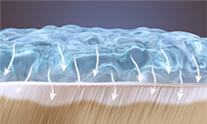 Bleaching removes both deep & surface stains.
Bleaching removes both deep & surface stains.
Bleaching procedures change your natural tooth color, usually anywhere from five to seven shades brighter. In-office (chairside) whitening and at-home (tray) whitening both rely on bleaching. Bleaches contain an active ingredient, most often carbamide peroxide or hydrogen peroxide in concentrations of 10-22%, which helps remove both deep and surface stains. There are significant cost differences between different bleaching procedures:
- A light-activated whitening session in a dentist’s office, sometimes called chairside bleaching, can cost $500 or more and results in instantly and often dramatically whiter teeth. However, after a year or so of eating and drinking normally (coffee, tea, soft drinks), your teeth become slightly discolored again and develop new stains. With chairside bleaching, you have to pay the $500 to have white teeth again.
- A custom mouthpiece created by your dentist for in-home bleaching costs around $300, and you typically wear it several hours a day or overnight for two weeks. When you notice new staining, you just wear the mouthpiece again for a night or two to take the stains off.
- Over-the-counter products for whitening teeth (those found in a drugstore) include boil and bite tray application, whitening gels applied with a brush, and whitening strips in a price range of $10.00 to $45.00.
 Abrasion removes most external stains.
Abrasion removes most external stains.
Non-bleaching procedures work by physical and/or chemical action to help remove surface stains. All toothpastes rely on mild abrasion to remove surface stains between dental visits. Whitening toothpastes have special chemical or polishing agents that provide additional stain removal. A professional cleaning by a dentist or hygienist also uses abrasion and polishing to remove most external staining caused by food and tobacco.
Everyone responds differently to different whitening procedures. Some people respond well to whitening toothpastes, while people with gray teeth or other serious discoloration may require porcelain veneers or bonding (discussed elsewhere in this section) to achieve the smiles they’ve always wanted. Only your dentist or hygienist can determine what’s right for you.
Dental Office Whitening Treatments in Just One Visit
Almost anyone whose permanent teeth have come in can qualify for tooth whitening. Your dentist will be able to assess your oral health and recommend the whitening method that’s best for you. Depending on the type and severity of the staining, he or she may suggest one or more of the following treatments:
- A professional cleaning to remove external staining caused by food and tobacco
- Use of a whitening toothpaste to help remove surface stains between dental visits
- Use of a convenient, affordable whitening gelor whitening strips for extra results
- Bleaching(in-office or at-home) for more stubborn stains or yellowing
- Veneers or bonding to fix irregular or damaged teeth or to achieve specific results
Ask your dentist which whitening technique is best for you.
- Teeth that are yellow respond best to bleaching. Brown or gray teeth, or teeth striped or mottled from tetracycline or too much fluoride, may not whiten evenly when bleached.
- People with periodontal disease or particularly sensitive teeth may want to avoid chemical whitening techniques that can irritate tender gums.
- Bleaching is not recommended if you have tooth-colored fillings, crowns, caps or bonding in your front teeth-the bleach will not change the color of these materials, making them stand out in your newly whitened smile. You may want to investigate other options, like veneers or bonding with your dentist.
- In some cases involving serious tooth or jaw problems, a crown or cap recommended to correct orthodontic problems may also result in a whiter and more appealing smile.








































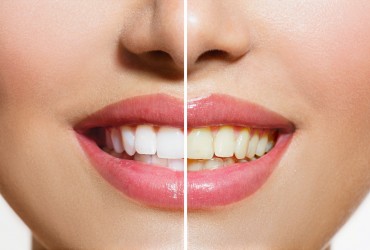











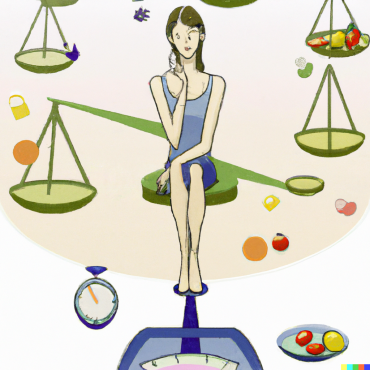
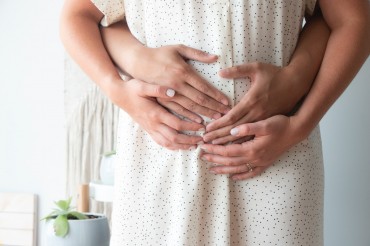
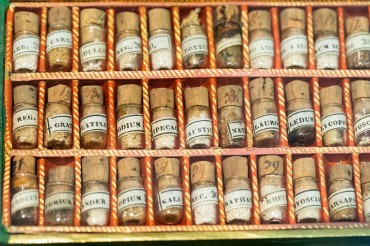
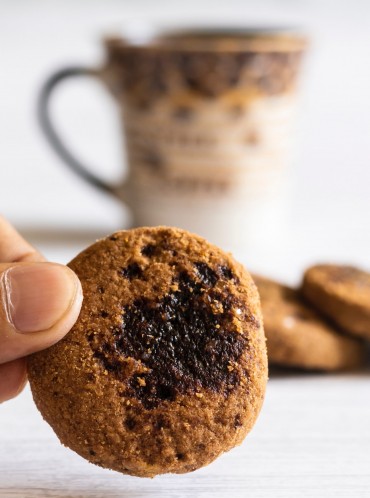

Comments